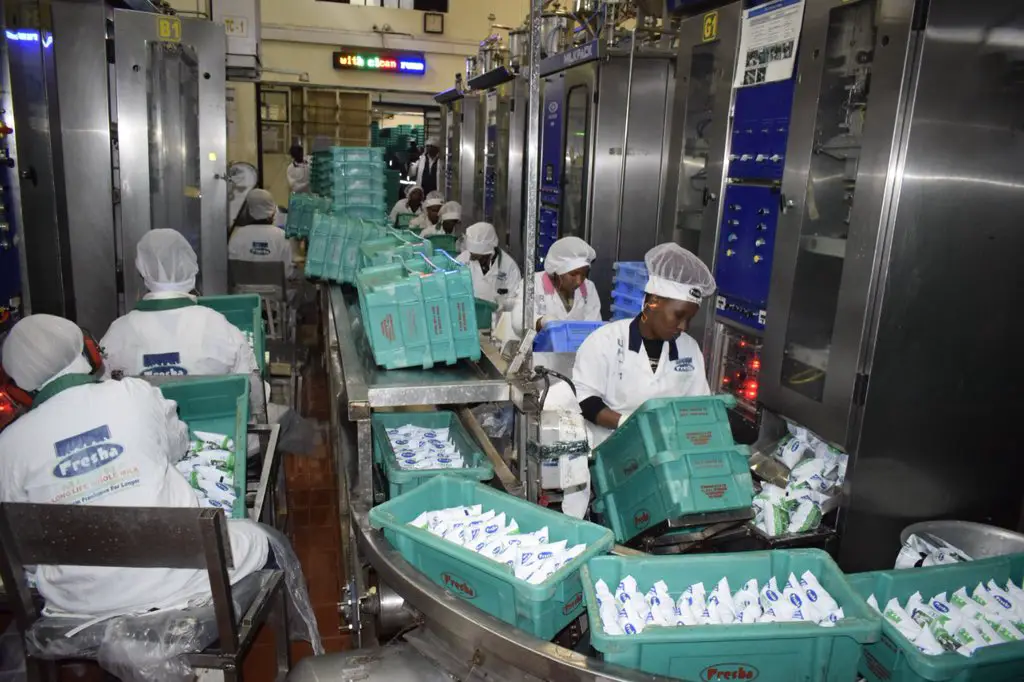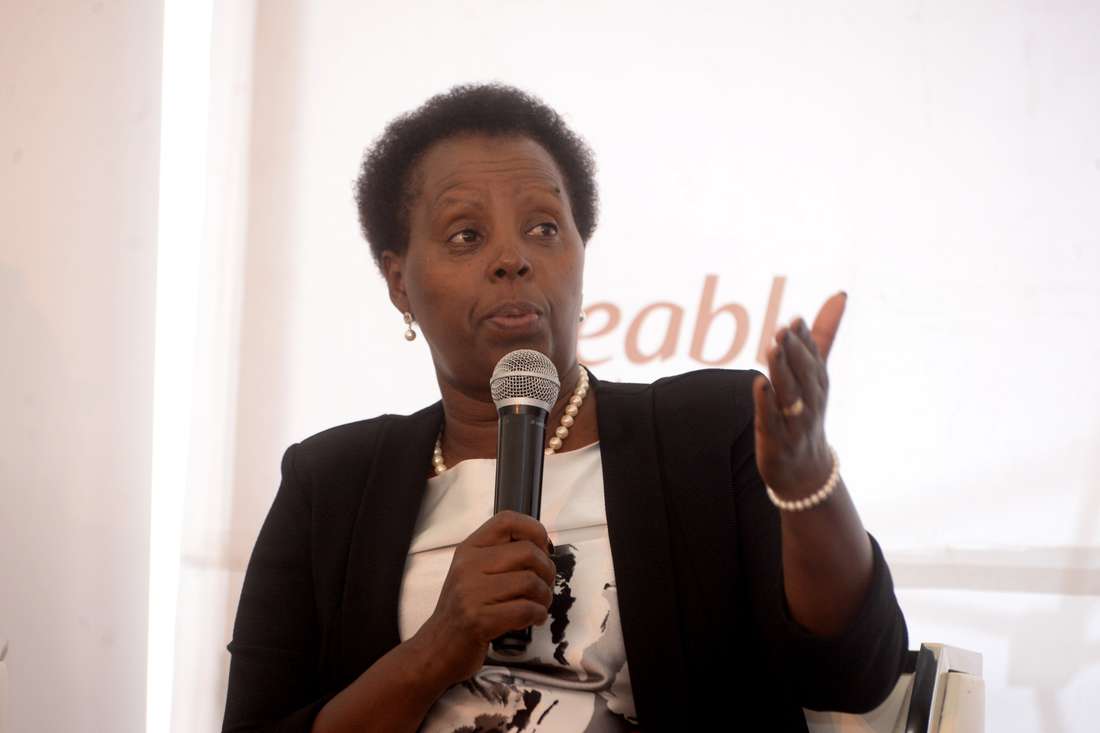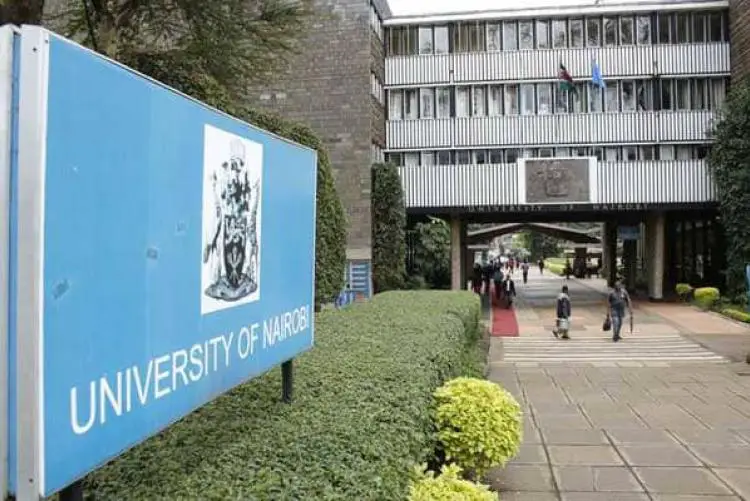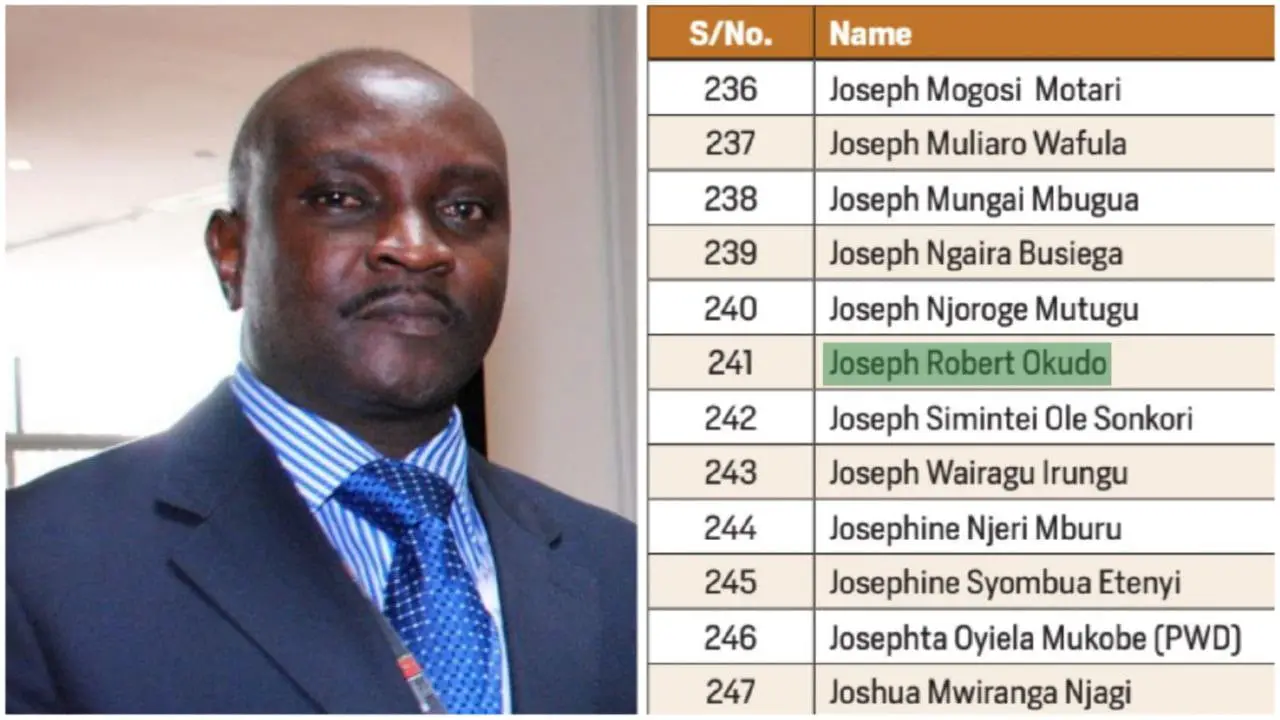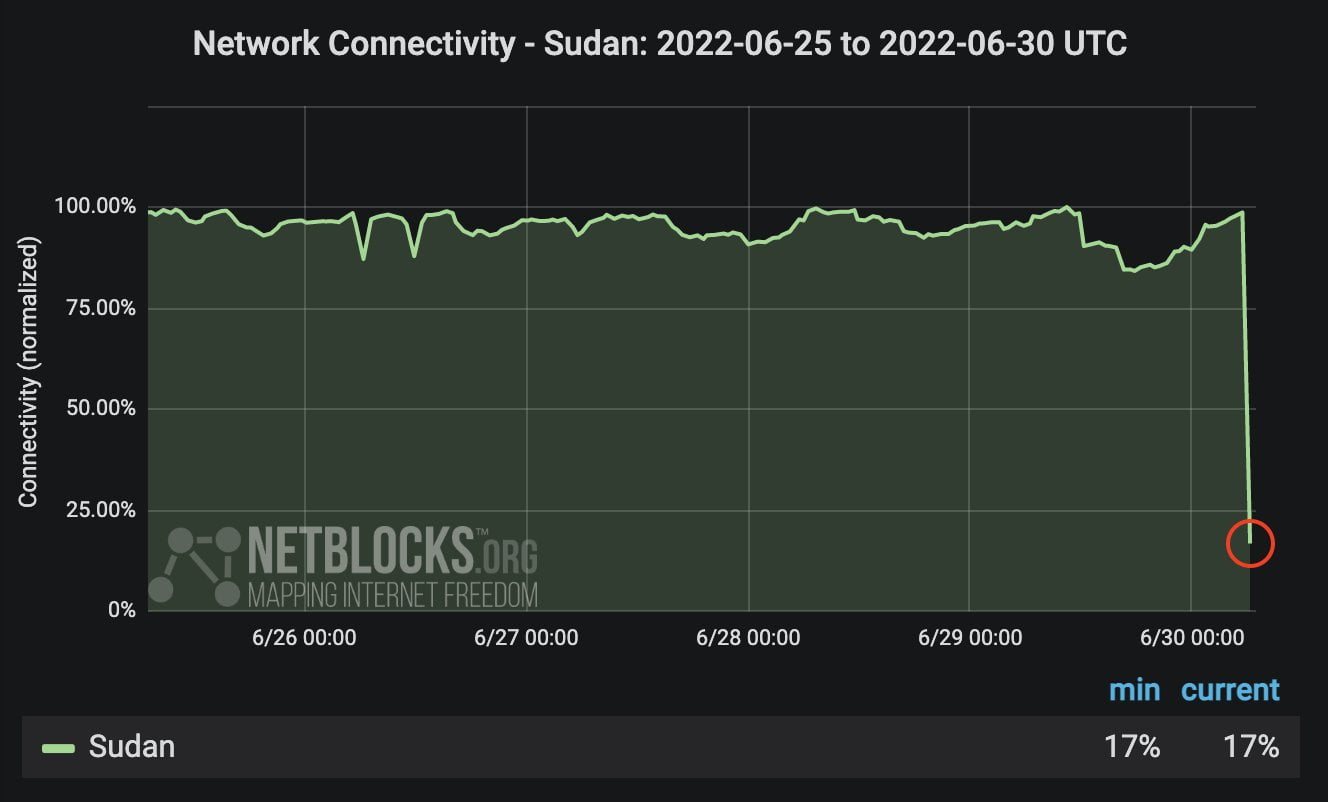[ad_1]
Boeing is still far from seeing an end to its continuing crisis over the 737 MAX airplane.
Ten months after two fatal crashes led to the grounding of the aerospace giant’s star passenger jet, many serious questions remain, including the date of its return to service.
David Calhoun, 62, a former top executive at General Electric, is to take charge of the aircraft manufacturer on Monday, after CEO Dennis Muilenburg was ousted in late December over what critics said was his catastrophic handling of the crisis.
On March 10, 2019, an Ethiopian Airlines 737 MAX crashed southeast of Addis Ababa just minutes after take-off, killing all 157 people on board.
It was the second accident in five months for the model, which Boeing launched in May 2017 as a competitor for Airbus’s A320neo in the lucrative narrow-body aircraft segment.
The October 2018 crash in Indonesia of a Lion Air 737 MAX had claimed 189 lives.
On March 13 of last year, the United States and Canada became the last two countries to ground MAX planes. Thus began Boeing’s crisis.
It’s hard to say. The most optimistic prediction is late February or early March, but some experts, including the respected Richard Aboulafia of the Virginia-based Teal group, speak of late April or early May.
United Airlines has ruled out flying the MAX before June.
Investigations by Indonesian and Ethiopian authorities raised questions about the plane’s automated flight control system known as MCAS (Manoeuvring Characteristics Augmentation System).
The US Federal Aviation Administration (FAA) has ordered Boeing to provide a fix, which the company is working on.
But as a result of the crisis FAA has subjected the MAX, which was only partially inspected during its original flight certification, to microscopic scrutiny.
The agency at first detected a problem with the microprocessor that manages flight systems and then, more recently, a flaw in the electrical wiring.
Once Boeing has resolved all problems, the FAA should set a date for a test flight — the last major hurdle before the MAX is green-lighted to return to service.
Boeing has taken one major step in that direction: after long resisting having MAX pilots train on flight simulators rather than on computers – a longer and more costly option, but one demanded by European and Canadian regulators – Boeing has finally backed that course.
Boeing suspended MAX deliveries a few days after the planes were grounded.
It had continued to produce the aircraft, but has built none since January 1.
From mid-March to the end of December, Boeing produced 400 MAX planes, bringing the total number built to 787. Of those, 387 were in service when orders to ground them went out.
The planes are parked at different Boeing sites in the US.
No. As of the end of September, the company had USD10 billion in hand and about USD20 billion in available funds, according to financial documents.
Besides passenger planes, Boeing builds military aircraft and equipment. It also has a space division.
Nevertheless, the costs linked to the MAX crisis have continued to mount.
They had already reached USD9.2 billion by the end of September and should soar as Boeing deals with demands for damages and compensation from airline companies, aircraft-leasing firms, parts suppliers and victims’ families.
To cover future expenses, the company expects to turn to the financial markets to borrow up to $5 billion, according to the Wall Street Journal.
The company so far has ruled out any firings or layoffs, which could provoke a political outcry in this US election year.
Boeing has already shifted thousands of workers to other programs – building its 767, 787 and 777/777X models – and has promised to find jobs for others.
Engine builders like General Electric and Safran Aircraft Engines, through their CFM joint venture, are partially spared since they also build engines for Airbus.
Along with other smaller American suppliers, they will profit from Airbus’s surprise decision to ramp up production of the A320 in the southern US city of Mobile, Alabama.
But the Spirit AeroSystems group, which provides fuselages and other parts for the MAX, has been hard hit; the 737 program represents more than half its turnover.
The company plans to cut 16 percent of its work force – around 2,800 employees – and has not ruled out further cuts.
Airbus received orders for 768 planes in 2019 and delivered 863.
Boeing, which has yet to publish its full-year figures, had delivered 345 as of the end of November, while 84 orders were lost.
Airbus also gained ground in the important middle of the market sector with its launch of the A321XLR, which will give air carriers the ability to open new long-haul routes between secondary cities using narrow-body craft that are less expensive, easier to fill and thus more profitable.
The first orders are already pouring in, notably from United Airlines, which ordered 50 of the new aircraft in December.
Boeing is banking on its own NMA (New Midsize Airplane), built to carry from 220 to 270 passengers on routes up to 5,400 miles (8,700 kilometers).
But progress has been slow, and it is unclear, given the severe challenges over the MAX programme, whether the NMA will be rolled out this year as planned. (Boeing has not decided to launch the NMA yet. It promised to make a decision this year.)
[ad_2]
Source link


